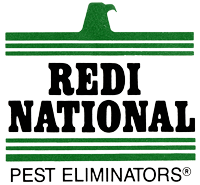How to protect elderly clients during pest control operations?
As our populations age, the importance of safeguarding the health and wellbeing of elderly individuals becomes increasingly essential, particularly when it comes to service-based operations like pest control. Older adults may possess unique vulnerabilities, such as pre-existing health conditions, mobility challenges, and sensory impairments that can complicate their exposure to potentially harmful substances and procedures…
